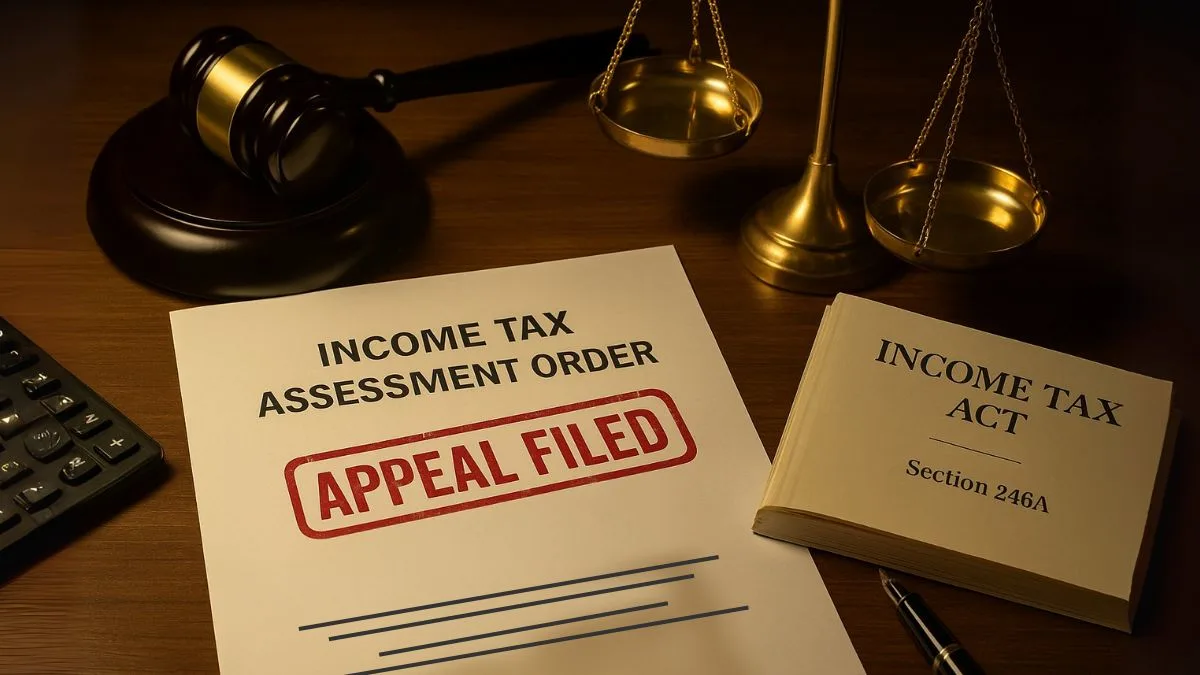
Globalisation has made it easier for businesses to expand beyond borders, but it has also brought complex tax challenges. One such challenge is the need for international tax transparency, & that’s exactly what Section 286 of the Income Tax Act, 1961 addresses.
If you're a constituent entity of an international group & a resident in India, this section could trigger a serious compliance obligation for you. It’s not about taxes per se — it’s about reporting. And failing to do so can come at a hefty cost.
What Is Section 286 of the Income Tax Act?
Section 286 deals with Country-by-Country Reporting (CbCR), a part of India’s compliance with the OECD's Base Erosion & Profit Shifting (BEPS) Action Plan 13. The section was introduced to improve transparency among multinational enterprises (MNEs) by requiring them to file detailed financial & operational reports with Indian tax authorities.
The objective? Prevent profit shifting & tax base erosion by providing Indian authorities insight into global income allocation & taxes paid by MNEs across jurisdictions.
Who Needs to Report Under Section 286?
If you’re scratching your head, wondering if this applies to your company, here's the simple rule:
- Any constituent entity of an international group, where the parent entity or alternate reporting entity is a resident in India, is covered under Section 286.
In short, if you're part of a larger MNC & operating from India, this section could apply to you.
What Needs to Be Filed?
There are three key types of reporting under Section 286:
- CbCR (Country-by-Country Report): Required from the parent entity (or alternate reporting entity) of the group.
- Intimation Filing: If you’re not the parent entity, you still need to notify the Income Tax Department about who is responsible for CbCR filing in the group.
- Master File: This contains comprehensive details about the group’s global operations, revenue, assets, & functions, even if you’re not required to file the full CbCR.
These reports ensure that every constituent entity resident in India is on the tax radar for the right reasons — transparency & compliance.
Applicability of Section 286
- The section is applicable only if your consolidated group revenue exceeds ₹6,400 crore in the preceding financial year.
- Even if you’re a subsidiary, associate company, or any other part of the multinational structure in India, this section requires reporting.
- Even if no tax is due, the requirement to file a report remains. It is about information, not taxation.
Additionally, clause (e) of sub-section (1) & sub-section (2) of Section 286 mention the specific content of the report, such as allocation of income, taxes paid, & nature of business activities in each country."
Timelines & Deadlines
Let’s not forget the due dates. The CbCR needs to be filed within 12 months from the end of the reporting accounting year.
Missed the deadline? That’s where penalties come in.
- Rs. 5,000 to Rs. 50,000 per day for non-compliance.
- An additional daily penalty if the non-compliance continues.
- If false information is filed, penalties can shoot up to Rs. 5 lakh.
Subsections You Should Know
Section 286 is dense. But here are a few crucial bits:
- Sub-section (2) elaborates on the nature of information to be furnished in the report.
- Clause (e) of sub-section (1) discusses the entity-wise reporting requirements for the international group.
- Section 286(2) further details on Furnishing in respect of the international group for Indian resident entities.
Every part of this section is structured to bring Indian law in sync with global tax disclosure norms.
Example for Clarity
Let’s say “X Ltd” is a constituent entity of “ABC Global Inc.”, a US-based group. If “X Ltd” operates in India & “ABC Global Inc.” has a consolidated turnover above ₹6,400 crore, “X Ltd” must notify the Indian tax department about the parent entity’s CbCR filing, even if the actual filing happens abroad.
If “ABC Global Inc.” fails to file the CbCR or “X Ltd” fails to notify, Section 286 kicks in with strict penalties.
FAQs
Q1. What is Section 286 in simple terms?
It’s a disclosure requirement under the Income Tax Act that mandates Indian subsidiaries of international groups to furnish global financial data.
Q2. What is the threshold for applicability?
Section 286 applies when the parent group’s consolidated revenue exceeds ₹6,400 crore in the previous financial year."
Q3. What happens if you don’t comply?
Penalties range from ₹5,000 to ₹50,000 per day & can escalate for continued or willful non-compliance.
Q4. Is the CBCR the same as the Master File?
No. CBR is a high-level country-wise report, while the Master File gives an overall profile of the multinational group.
Final Word
Section 286 is India’s answer to tax avoidance through global transparency. If you're operating in India as part of an MNC, make sure you understand its compliance landscape. It’s not about tax payments — it’s about responsible international reporting.
💼 Don’t get lost in the complexity.
👉 Our team at Callmyca.com can help your business stay compliant with Section 286 reporting requirements. Book a consultation today & ensure your global operations meet every Indian regulation!











